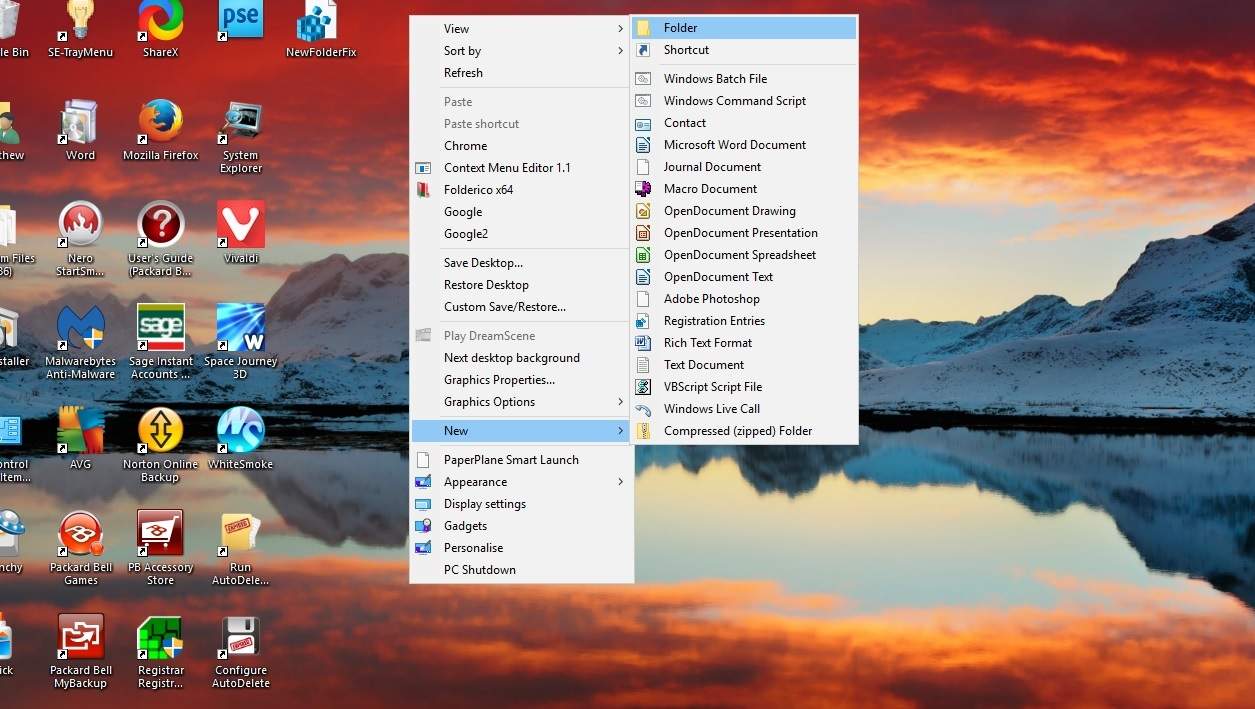

Right now, you can try to access the WindowsApps folder and check if the “Destination Folder Access Denied” error still exists. Step 3: Click Yes if prompted to confirm the action. You can rename this folder to whatever you want, but just keep it close. Step 2: Right-click the WindowsApps folder and choose Rename. Step 1: Open File Explorer and locate the location: C:\ProgramFiles. If you encounter the “Bad data” error after changing the folder permission, you can try the following method. Once the process is done, you need to try to access the WindowsApps folder and check if the “Destination Folder Access Denied” error still exists. This process will take some time, so you should wait until it is complete. Windows will now begin to change permissions for the WindowsApps folder. Also, from the Desktop, the 'Folder' option does not show when right-clicking and selecting 'New'. From within Windows Explorer if I select the 'New Folder' option, nothing happens. Step 4: Check Replace owner on sub-container and objects, click Apply to save the changes and click OK. I am unable to create a new folder by any means in Windows 7. Step 3: Under the Enter the object name to select section, type the username you want to assign the permission to and then click Check Names. Click the Advanced button and then click the Change link next to the Owner: tag. Right-click it and then choose the Properties option from the context menu. Step 1: Find the WindowsApps folder location in C:\ProgramFiles. If the error still exists, you can try to manually change the permission for the WindowsApps folder. Method 2: Change WindowsApps Folder Permission Manually Once you finish all the steps above, try to access the WindowsApps folder and then check if the “Destination Folder Access Denied” error still persists. Step 7: Wait for the PowerShell commands to be performed. All that is required to convert a regular File/Folder into its compressed or zipped form is to right-click on the File/Folder > click on Send to > Compressed (zipped) Folder option. Step 6: When the User Account Control prompts for administrator access, click Yes. The in-built Compressed (zipped) Folder option in Windows 10 allows you to compress the size of files on your computer without using any third party tools. Supported in offline servicing scenarios.Tip: If you can’t find the WindowsApps folder, click the View tab in the File Explorer and check Hidden items. Details are included in the CBS.Log windir\Logs\CBS\CBS.log. Windows Resource Protection found corrupt files but was unable to fix some This process will take some time.īeginning verification phase of system scan. I guess I need to do a full system restore then? There's no other options?īeginning system scan. For more information on specifying a source location, see. Use the "Source" option to specify the location of the files that are required to restore the feature. Thanks I will try the above hopefully it will help this is so frustrating I have no idea what caused this.Īfter running Dism /Online /Cleanup-Image /RestoreHealth I get the following:


 0 kommentar(er)
0 kommentar(er)
